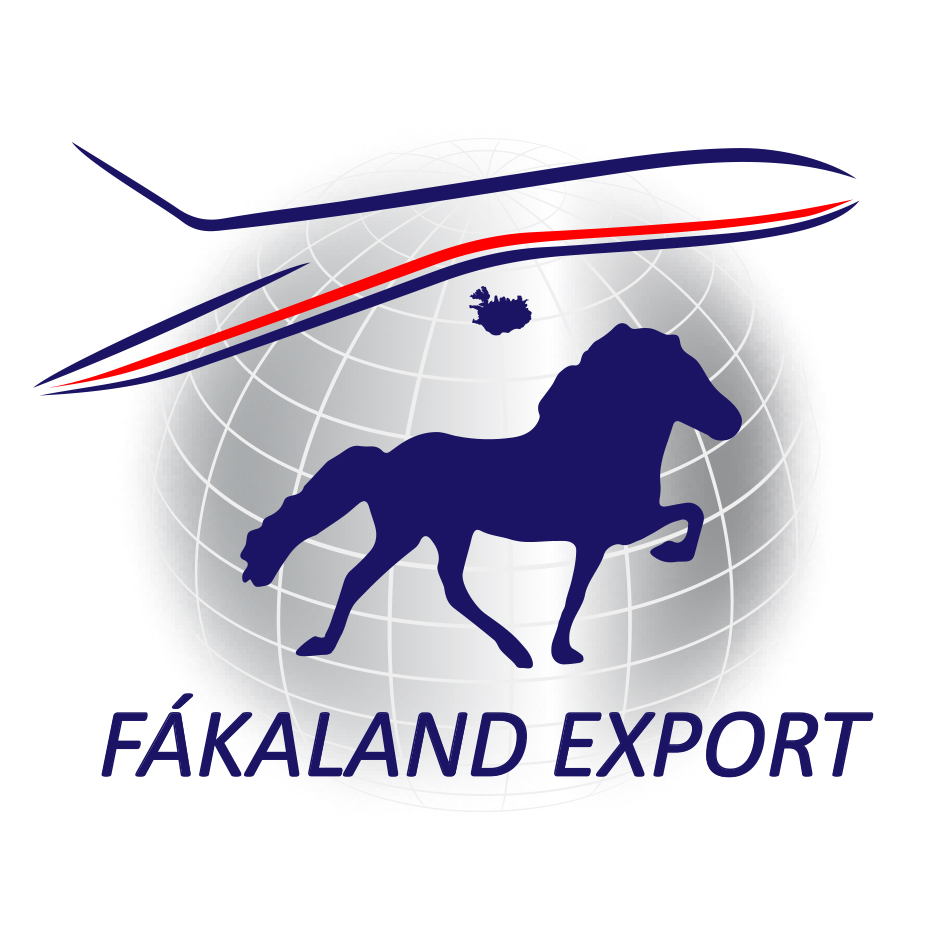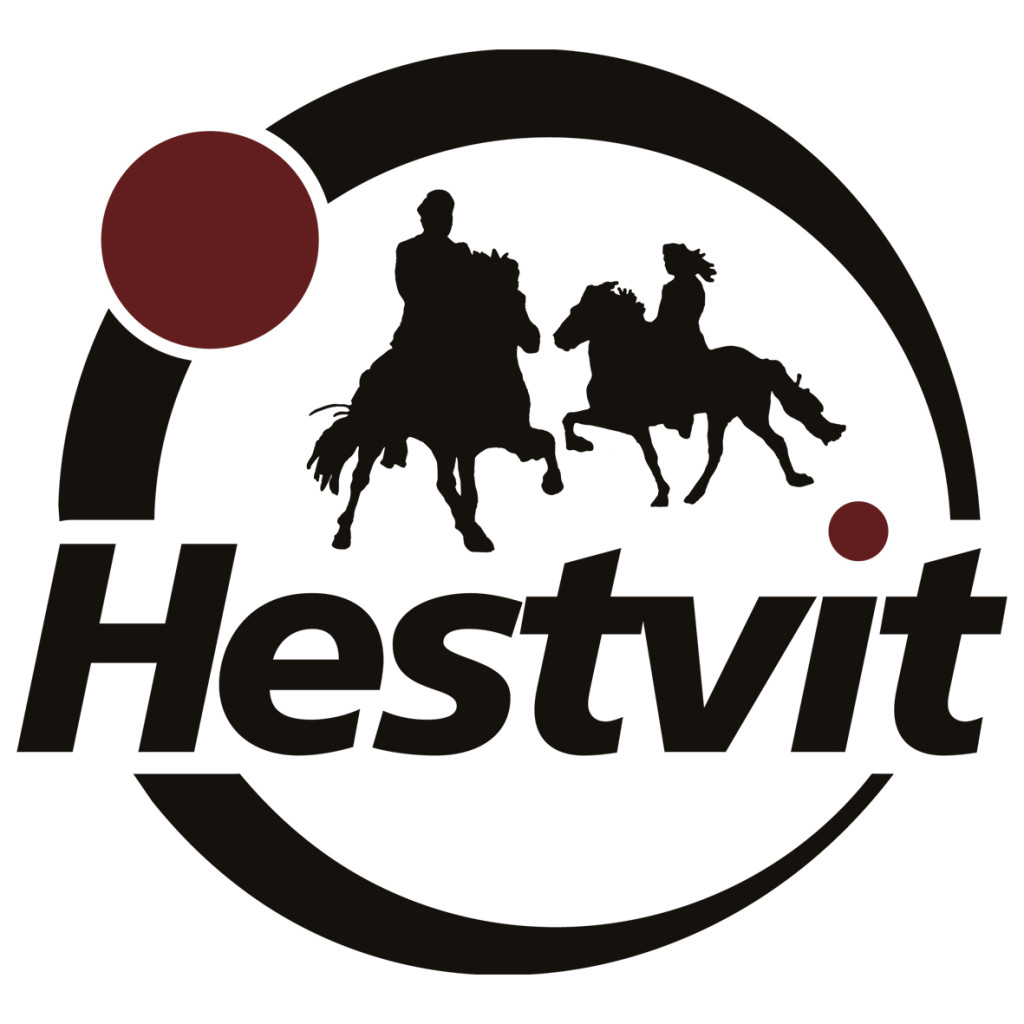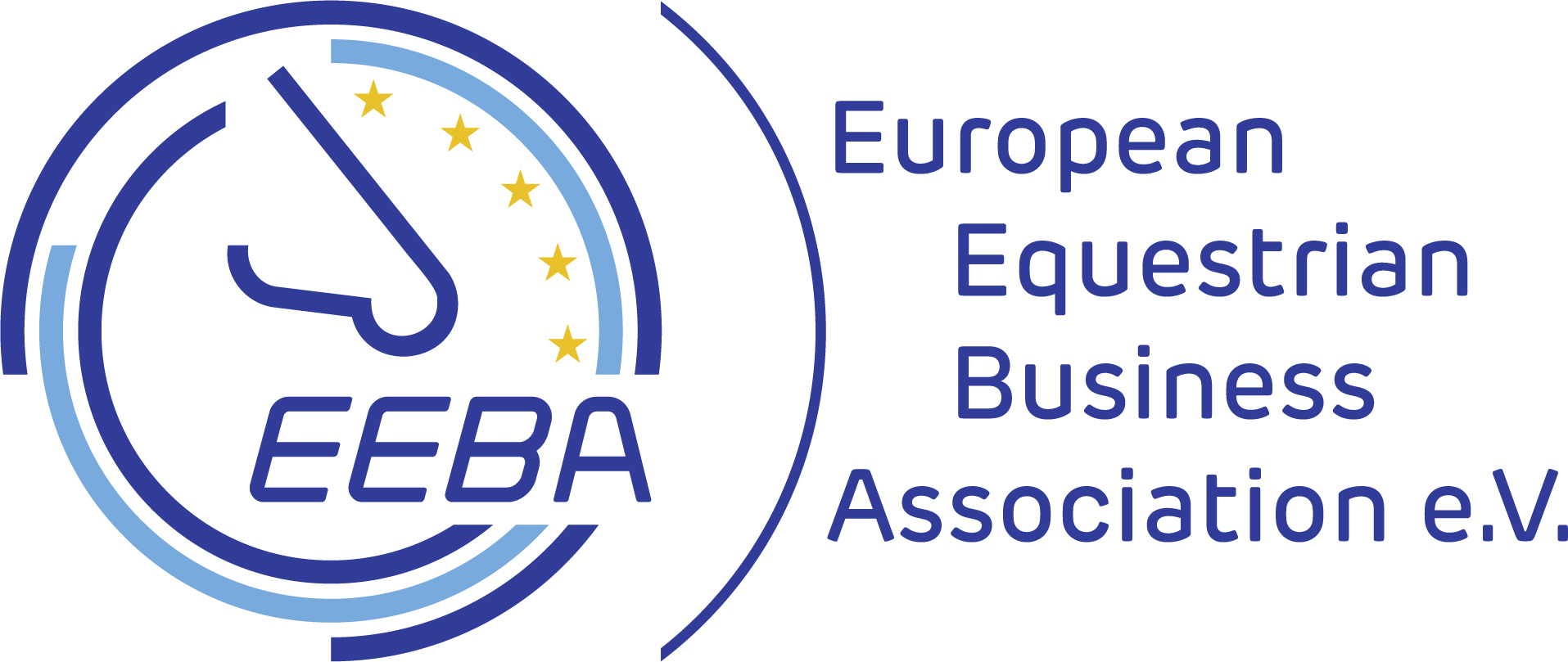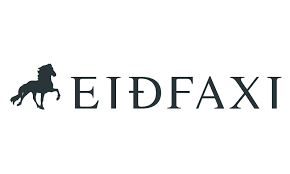The story of Ellert broke in Iceland earlier this month, when the biweekly newspaper Bændablaðið ran a story on it. The four-year stallion is currently in training and shows good promise. Its parents are the honour prize stallion Sær frá Bakkakoti, and Kengála frá Búlandi, neither of which has a white spotting pattern, and should not be able to have a foal in this colour. Thus it was clear from the get-go that Ellert was unlike other horses. Ellert’s parentage has been confirmed with genetic testing.
It has yet to be seen what Ellert’s offspring will look like, what their colour will be like. It is possible that they will have a similar pattern to Ellert, but another possibility is that their colour will be completely white. In that case, this new colour belongs to a group of colours that have been termed dominant white. Currently, dominant white is not known to exist in horses in Iceland.
The recommendation is that Ellert is paired with solid coloured mares: chestnut, black or bay. Freyja Imsland, who holds a PhD in genetics, explained to Horses of Iceland that this is to make it simpler to see how Ellert’s colour manifests and reduce complications from the mares’ genetics. That way it becomes clearer what the effect of this new allele is. She adds that most likely each foal stands a 50% chance of inheriting this new variant from Ellert. She also mentions that Ellert might be like his ancestor Ófeigur frá Flugumýri, and give the dun factor to all his offspring, so their colours would all be based upon bay dun, blue dun, or red dun.
When asked, Freyja says it is very rare that new colours arise, and that therefore Ellert is one of a kind, that he represents a unique opportunity for horse breeders in Iceland. She adds that the coincidence of his birth has increased the diversity already seen in the breed, which not only materialises in coat colour variety, but also in temperament, gaits, speed, appearance, size and other aspects. The more varied our horses are, the richer we are, she says, stressing that the diversity seen in our domestic animals is our treasure.
By Eygló Svala Arnarsdóttir. Photos by Daniel Larsen. Rider Rósa Birna Þorvaldsdóttir.
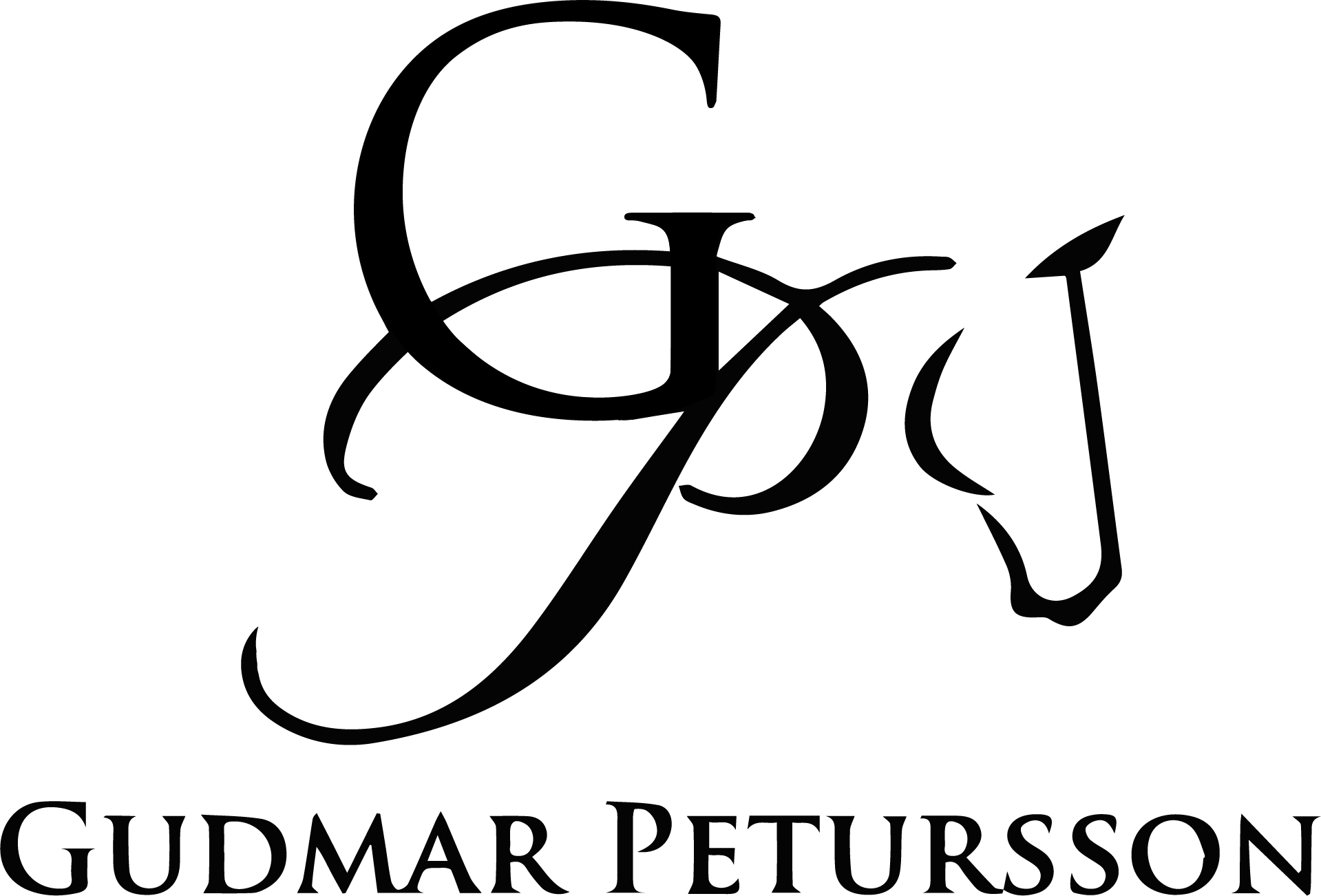
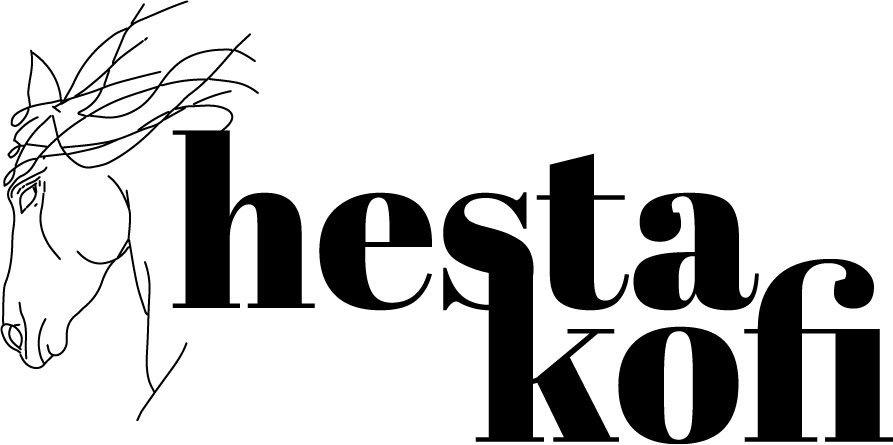
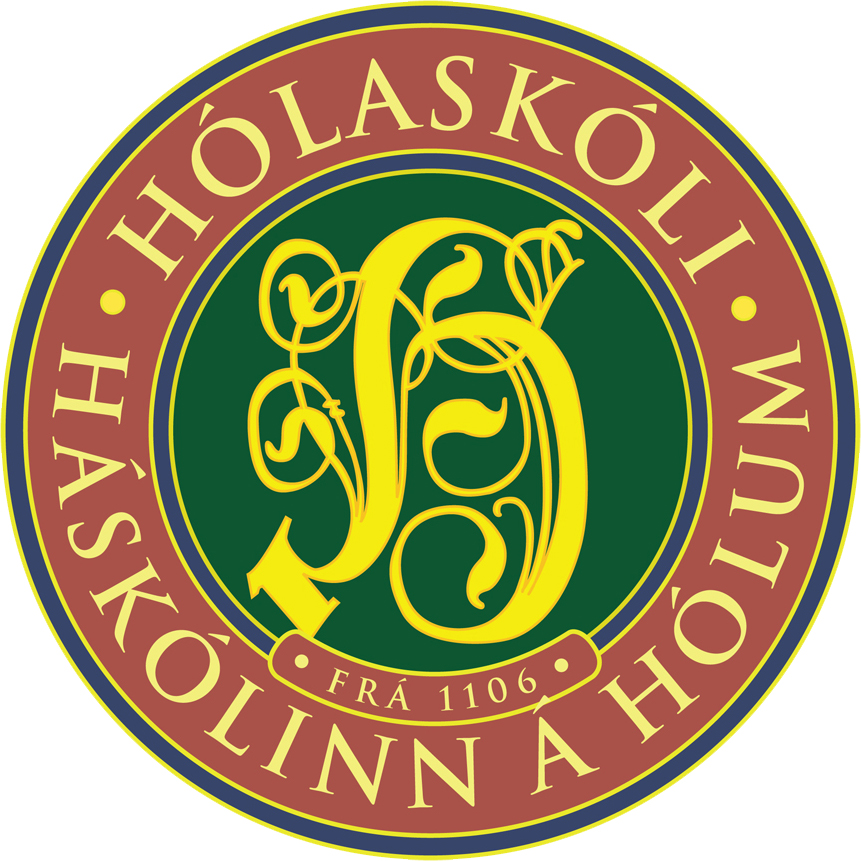



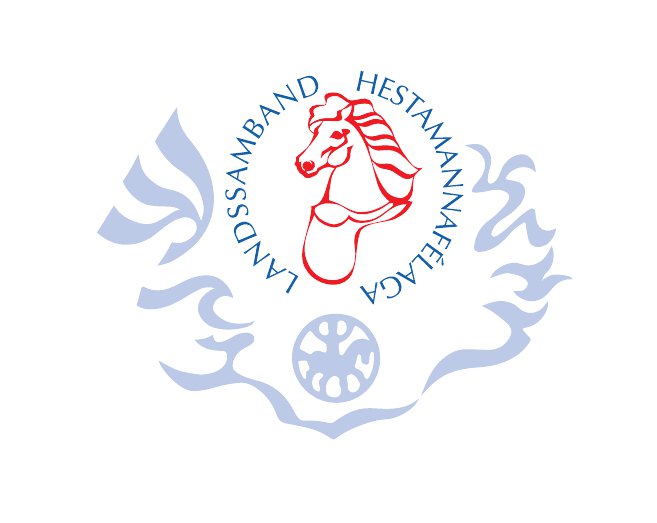

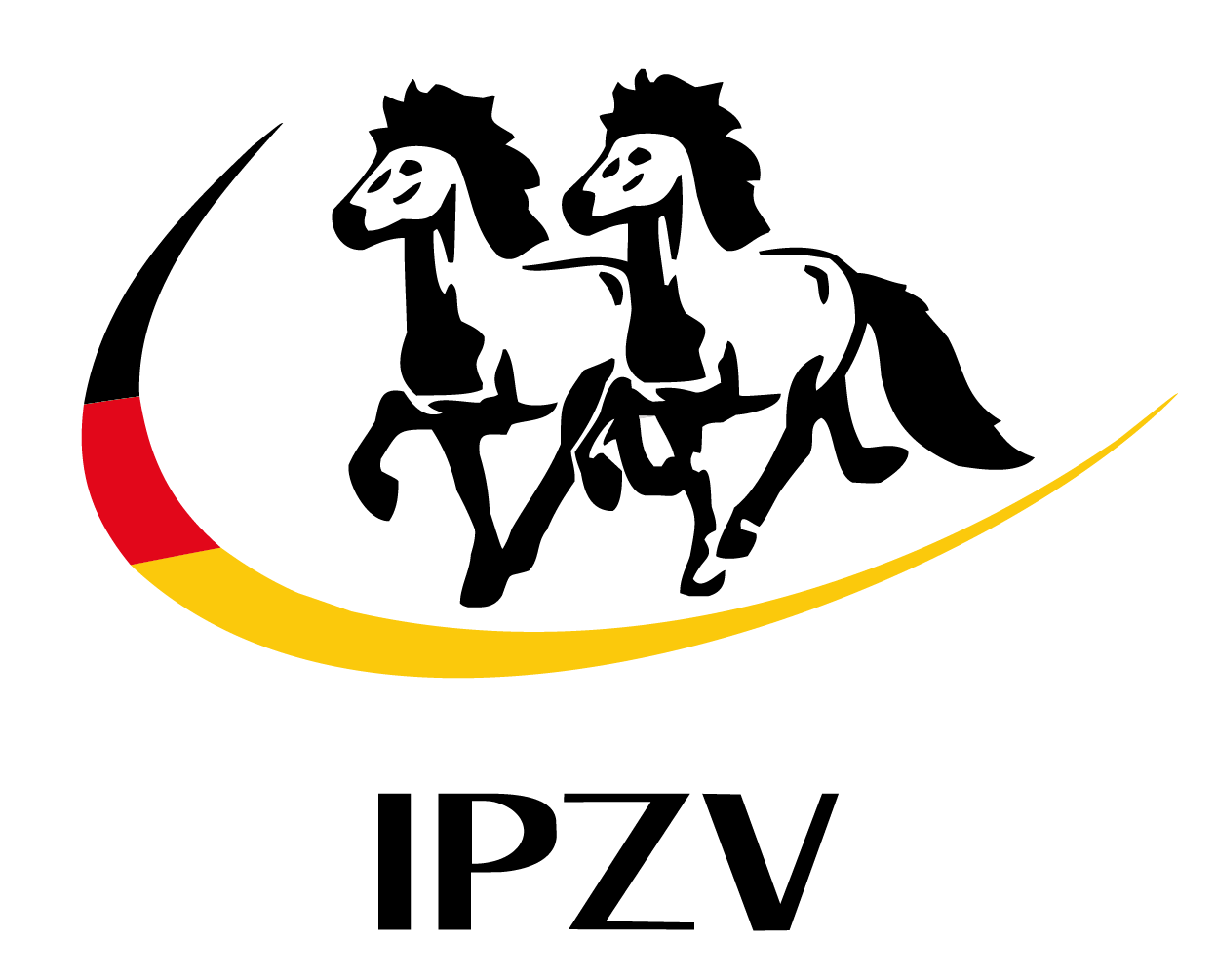

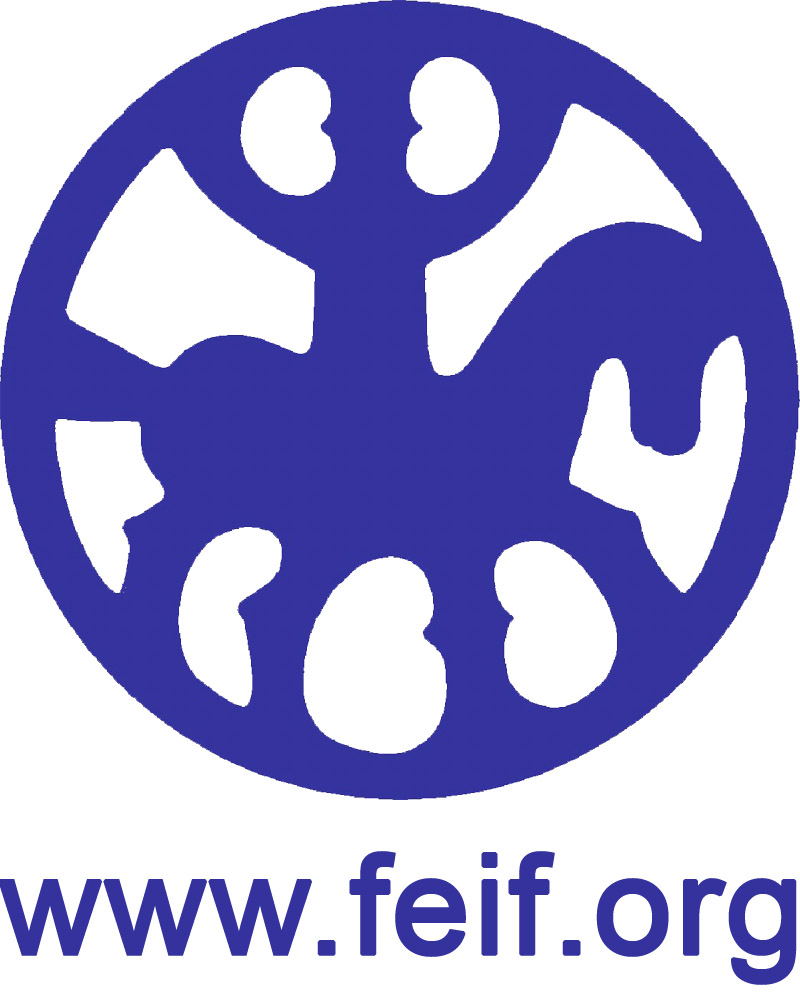
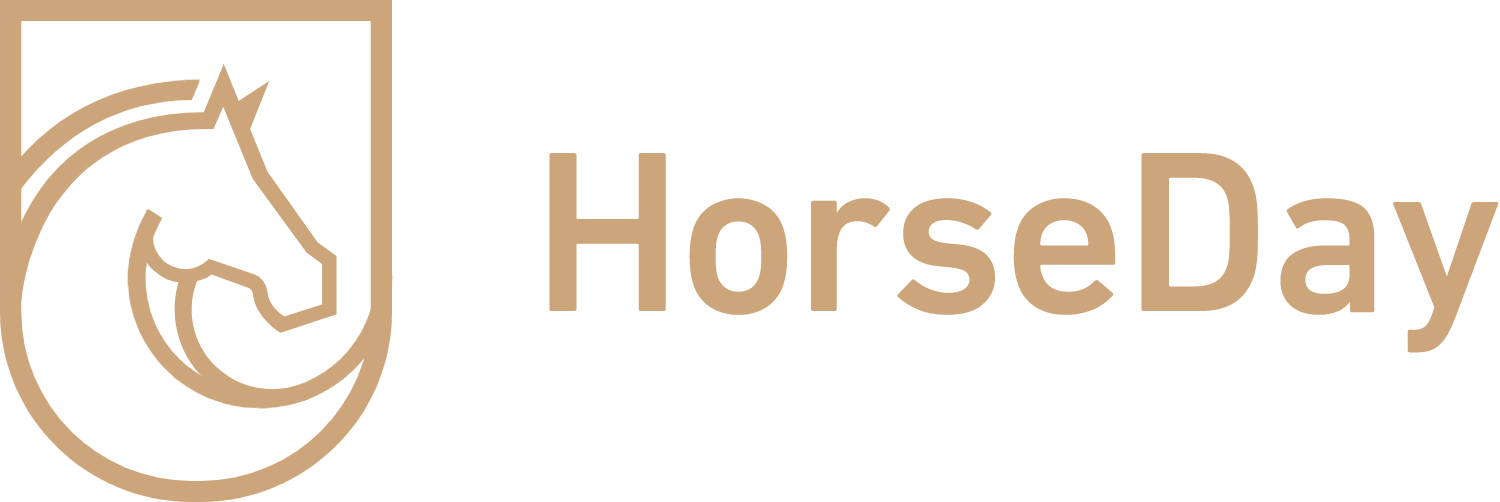
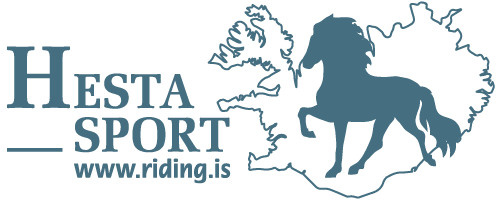

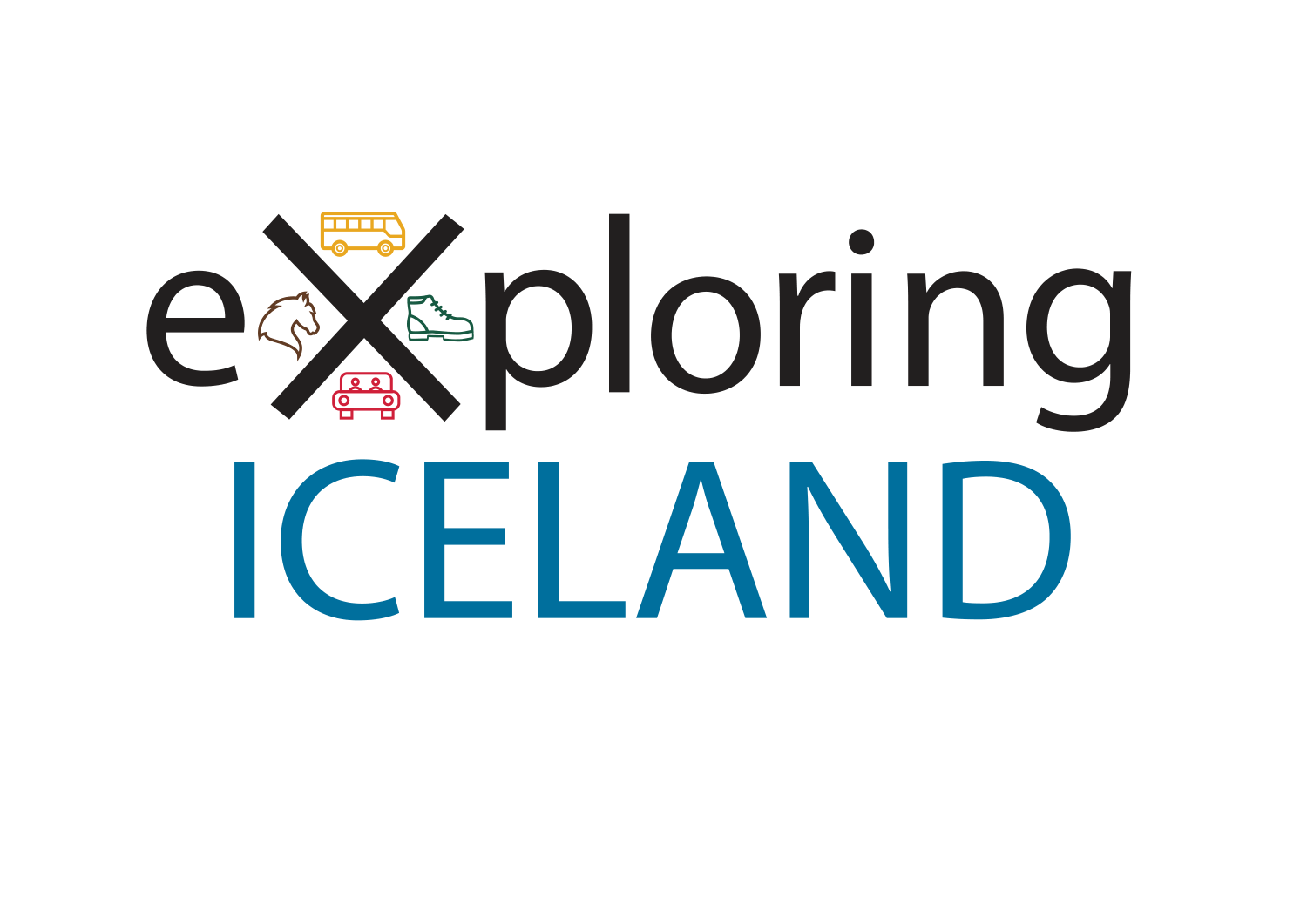
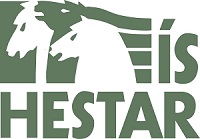
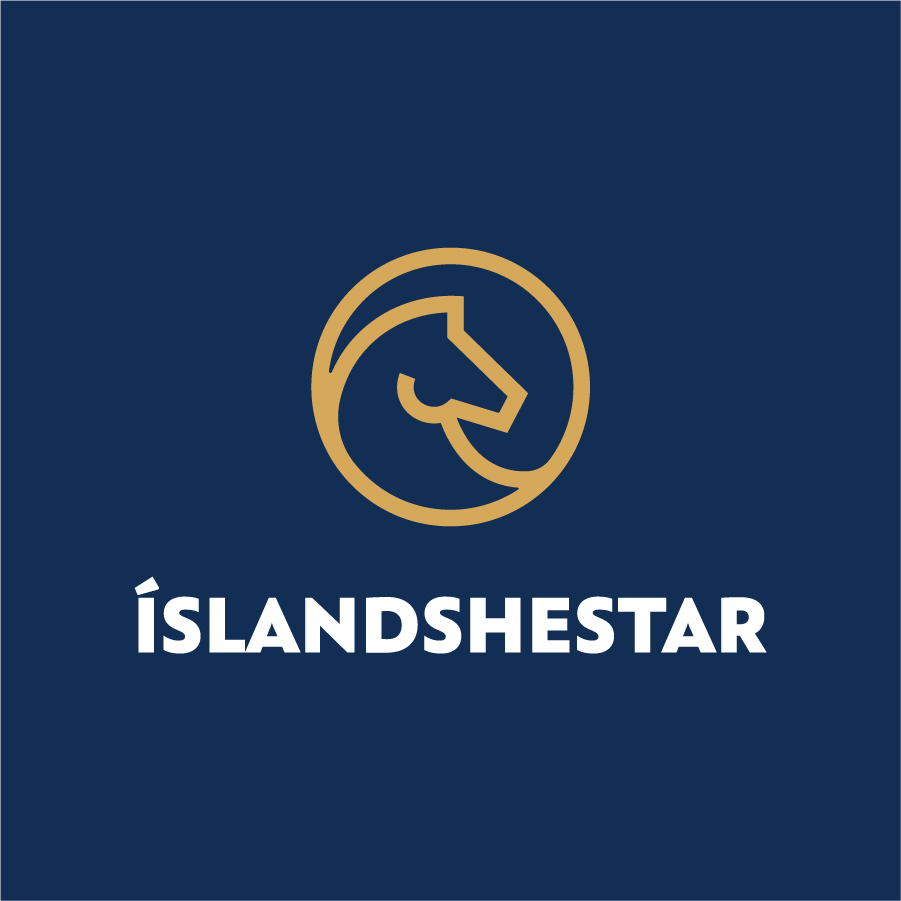
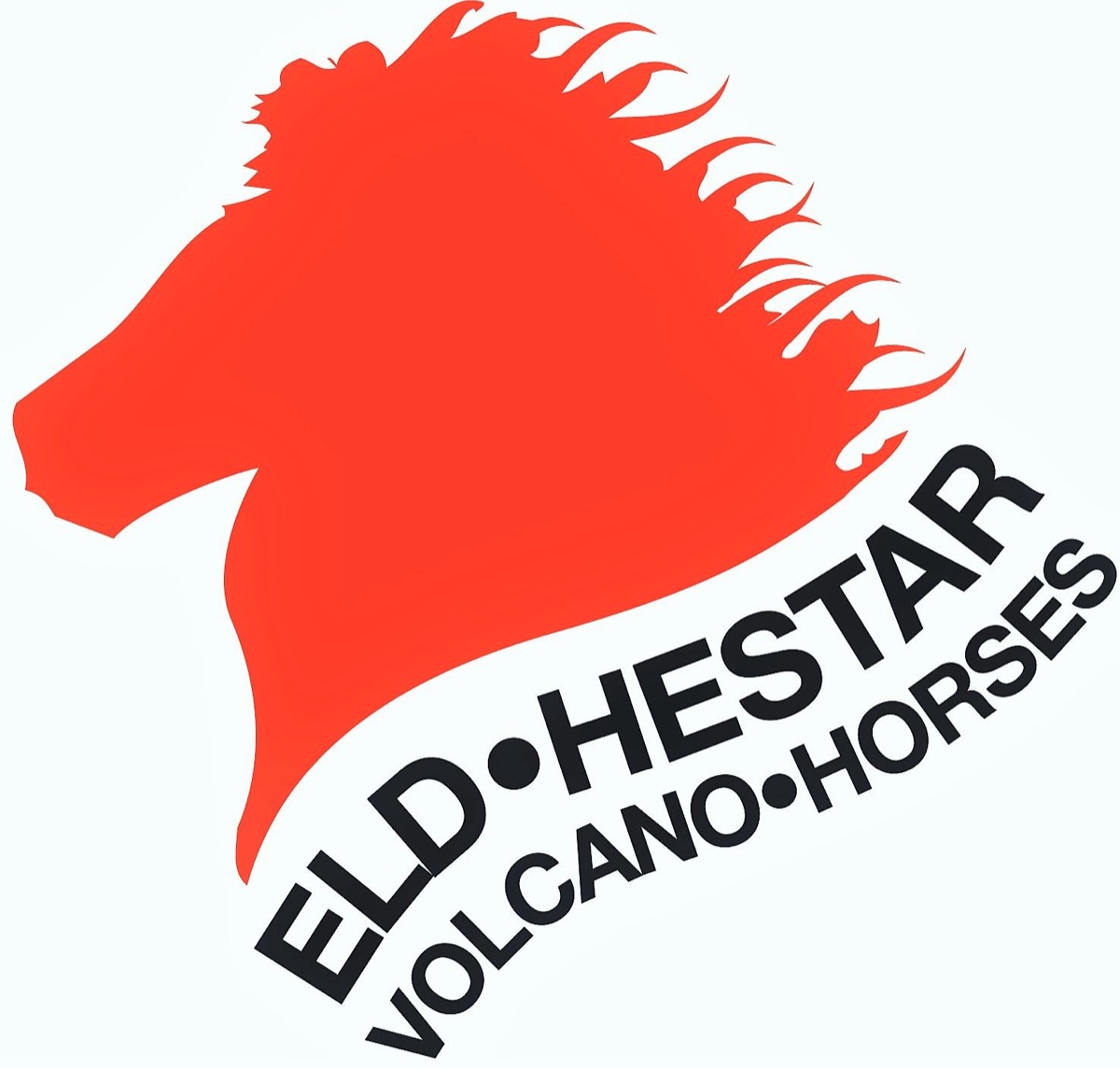
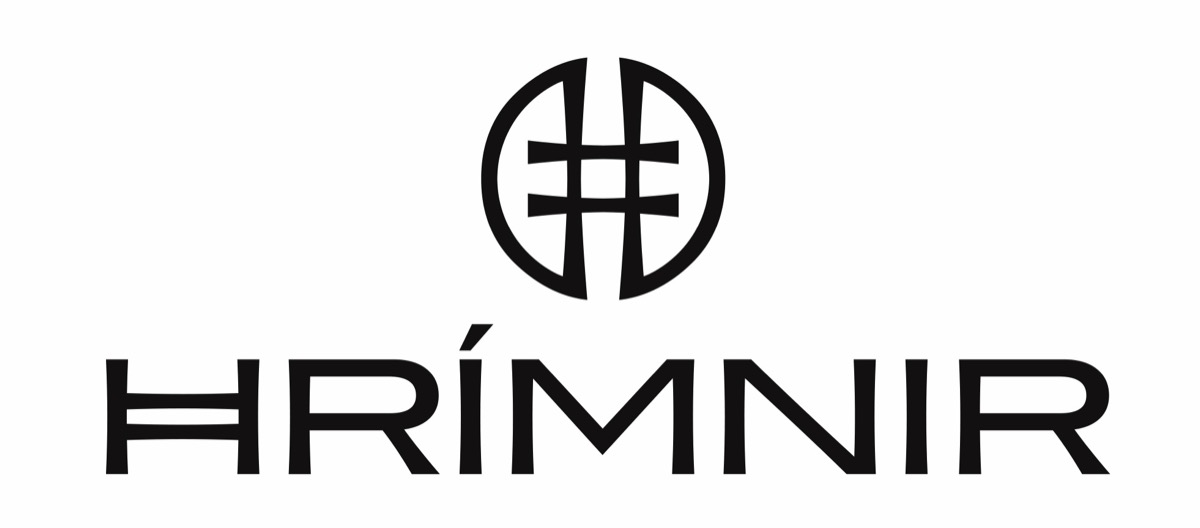

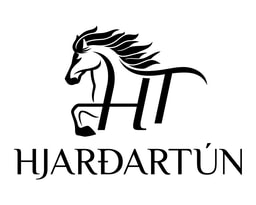
-1.jpg)
